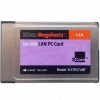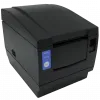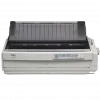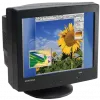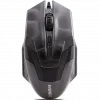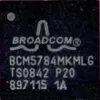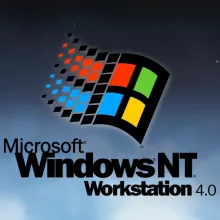
Year
1996
Windows NT 4.0 is a preemptive, graphical and business-oriented operating system designed to work with either uniprocessor or symmetric multi-processor computers. It was the next release of Microsoft's Windows NT line of operating systems and was released to manufacturing on 31 July 1996 . It is a 32-bit Windows system available in both workstation and server editions with a graphical environment similar to that of Windows 95. The "NT" designation in the product's title initially stood for "New Technology" according to Microsoft's then-CEO Bill Gates, but now no longer has any specific meaning. Windows NT 4.0 was succeeded by Windows 2000 in February 2000. Windows NT 4.0 is classified as a hybrid kernel operating system.
